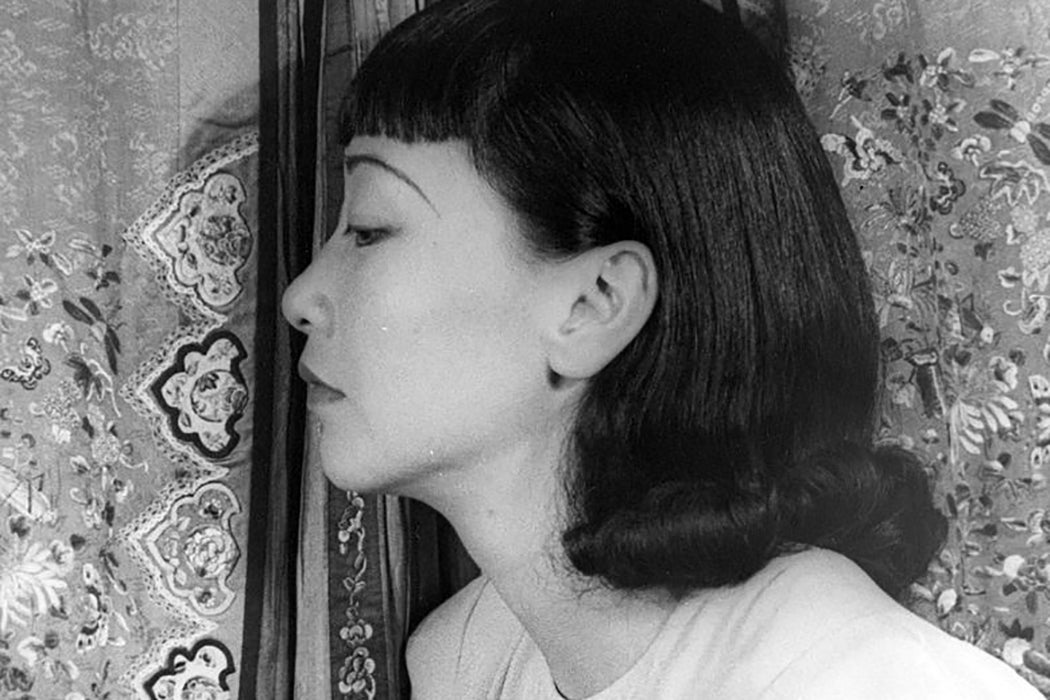Asian American actors were few and far between in classical Hollywood. Heroic roles for them were rarer still. The most successful non-white fictional hero of the 1930s and 1940s American movies was Charlie Chan, who was supposed to be Chinese. Three different European-American actors played him through forty-seven films. The Charlie Chan movies inspired similar crime-fighting series about a Mr. Moto (played by Peter Lorre) and a Mr. Wong (played mostly by Boris Karloff).
Charlie Chan had been introduced in print a year after the Asian immigration ban of 1924 by author Earl Derr Biggers. The character was probably the first Asian hero of detective fiction in English. Biggers consciously conceived of Chan as an alternative to the “Yellow Peril” stereotype of sinister Asian villains like Fu Manchu. In the silent serials of the late 1920s, Chan was portrayed by Japanese and Korean actors. Once sound came in, strangely enough, the role went to Swedish-American Warner Oland.
Still, Asian American detectives played by actors Anna May Wong and Keye Luke did have a minor but notable place in 1930s and 40s Hollywood. As film scholar Philippa Gates argues, these characters were the “good guys” only because they were assimilated, non-threatening “model minorities.” She writes that they “aligned with decidedly American ideals of heroism, including sexuality and action.” They weren’t portrayed as exotically Asian, like Charlie Chan, Mr. Moto, and Mr. Wong. They were portrayed as safely Asian American.
Gates continues: “For Hollywood producers the ‘problem’ of Asian/Americanness was less the supposed race of the actor who portrayed the detective than that of the character of the detective.” Anna May Wong’s co-star in Daughter of Shanghai (1937) was Philip Ahn, about whom studio publicists boasted that he was so American that he couldn’t even speak Chinese. (That Ahn was Korean-American may have been too subtle of a distinction for the publicity department.)
“While the character of the detective provided a space for the representation and exploration of Asian and Asian American subjectivity, the detective was required to sublimate his/her bicultural status in favour of his/her profession and its alignment to the interests of mainstream (white) America,” Gates writes.
Want more stories like this one?
These Asian American detectives were considered less “other,” and less threatening, than the foreign-born Asian detectives (even when played by white actors). In their time, these “assimilated heroes were regarded as positive characters and were afforded a complexity of representation not permitted their far more famous and prolific ‘yellowface’ counterparts.”
It should be noted that issues of Asian/Asian American representation in media continued beyond Hollywood’s classical period. Mickey Rooney’s grotesque stereotype of “I. Y. Yunioshi” makes his scenes unwatchable today in Breakfast at Tiffany’s (1961). Peter Ustinov played Charlie Chan in a 1981 re-boot. The 2005 Memoirs of a Geisha was criticized for employing Chinese actors in Japanese roles. And two Asian American actors on Hawaii Five-0 quite over pay disparities between them and their white co-stars—just last year.
Editor’s note: An earlier version of this post included James Shigeta, an actor whose first film role was not until the 1950s.







